What Is Play Therapy for Autism? A Comprehensive Guide
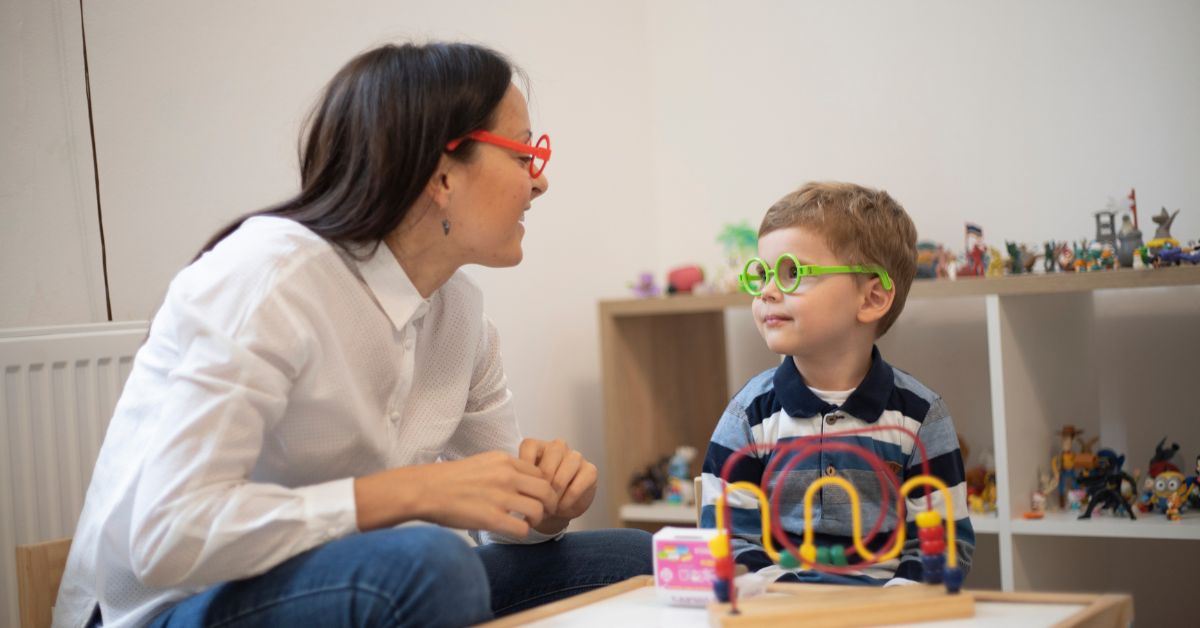
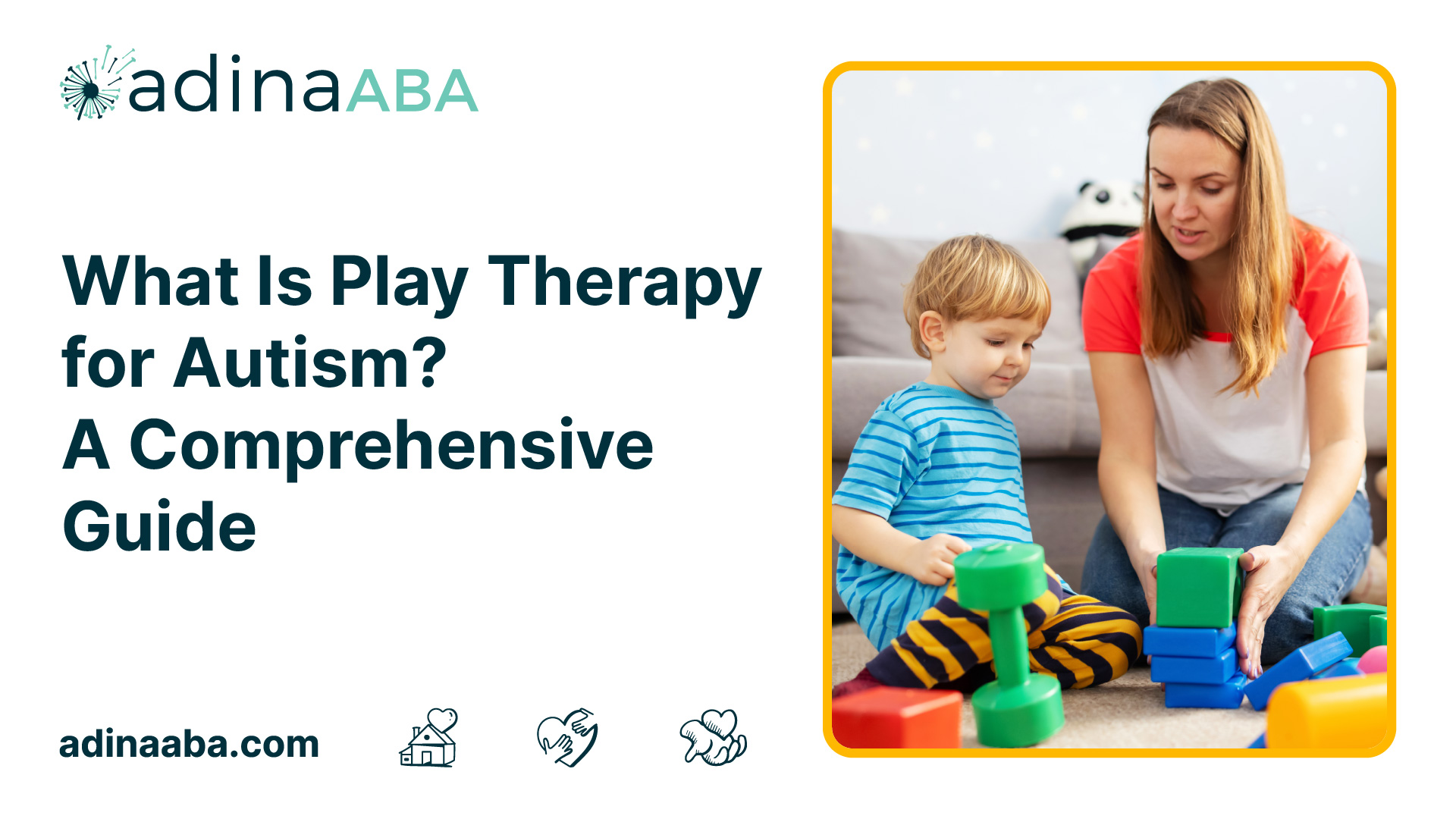
Understanding Play Therapy for Autism
Play therapy is a therapeutic approach that utilizes play to help children with autism develop communication, social skills, and emotional expression. It provides a safe and supportive environment where children can engage in play-based activities tailored to their individual needs. Understanding the concept of play therapy and its benefits is essential for parents, caregivers, and professionals supporting children with autism.
What Is Play Therapy for Autism?
Play therapy is a form of therapy that recognizes the power of play as a natural and essential part of a child's development. It involves using play to facilitate communication, self-expression, and problem-solving. In play therapy for autism, trained professionals create a structured and supportive environment where children can engage in play activities that promote their cognitive, emotional, and social development.
Through play therapy, children with autism can explore their thoughts, feelings, and experiences in a way that feels comfortable and non-threatening. The play therapist uses various techniques and interventions to facilitate the child's engagement in therapeutic play, allowing them to express themselves and develop essential skills.
How Does Play Therapy Benefit Children with Autism?
Play therapy offers numerous benefits for children with autism, supporting their overall development and well-being. Some of the key benefits include:
- Communication Development: Play therapy provides a platform for children with autism to develop and practice communication skills. Through play, they can learn to express their thoughts, needs, and emotions, which in turn enhances their verbal and non-verbal communication abilities.
- Emotional Expression: Many children with autism struggle with identifying and expressing their emotions. Play therapy allows them to explore and express their feelings in a safe and non-judgmental environment. This helps to foster emotional awareness, regulation, and coping strategies.
- Social Interaction: Play therapy facilitates social interaction and helps children with autism develop social skills and improve their ability to engage with peers and adults. Through play, they can learn turn-taking, sharing, cooperation, and problem-solving, which are vital for building relationships and navigating social situations.
- Reduced Anxiety: Play therapy can help reduce anxiety in children with autism by providing a structured and predictable environment. Engaging in play activities that are tailored to their needs helps them feel more secure and confident, reducing stress and anxiety.
By harnessing the power of play, play therapy for autism offers a unique and effective approach to support children's development in various areas.
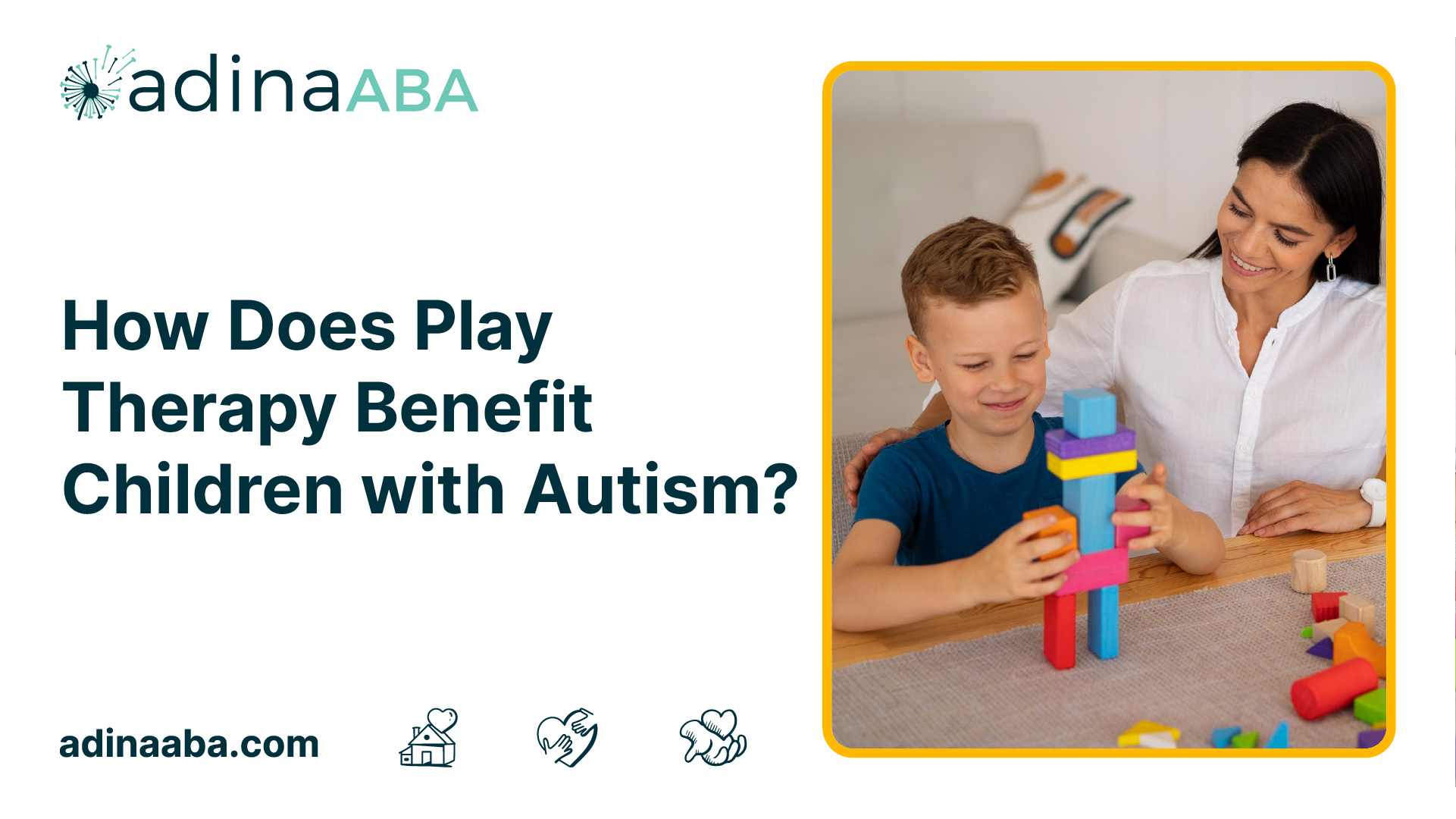
The Power of Play in Autism
Play holds a remarkable power in the lives of children with autism. For individuals on the autism spectrum, play serves as a valuable tool for communication, emotional expression, and social interaction. Let's explore how play can positively impact children with autism in these three key areas.
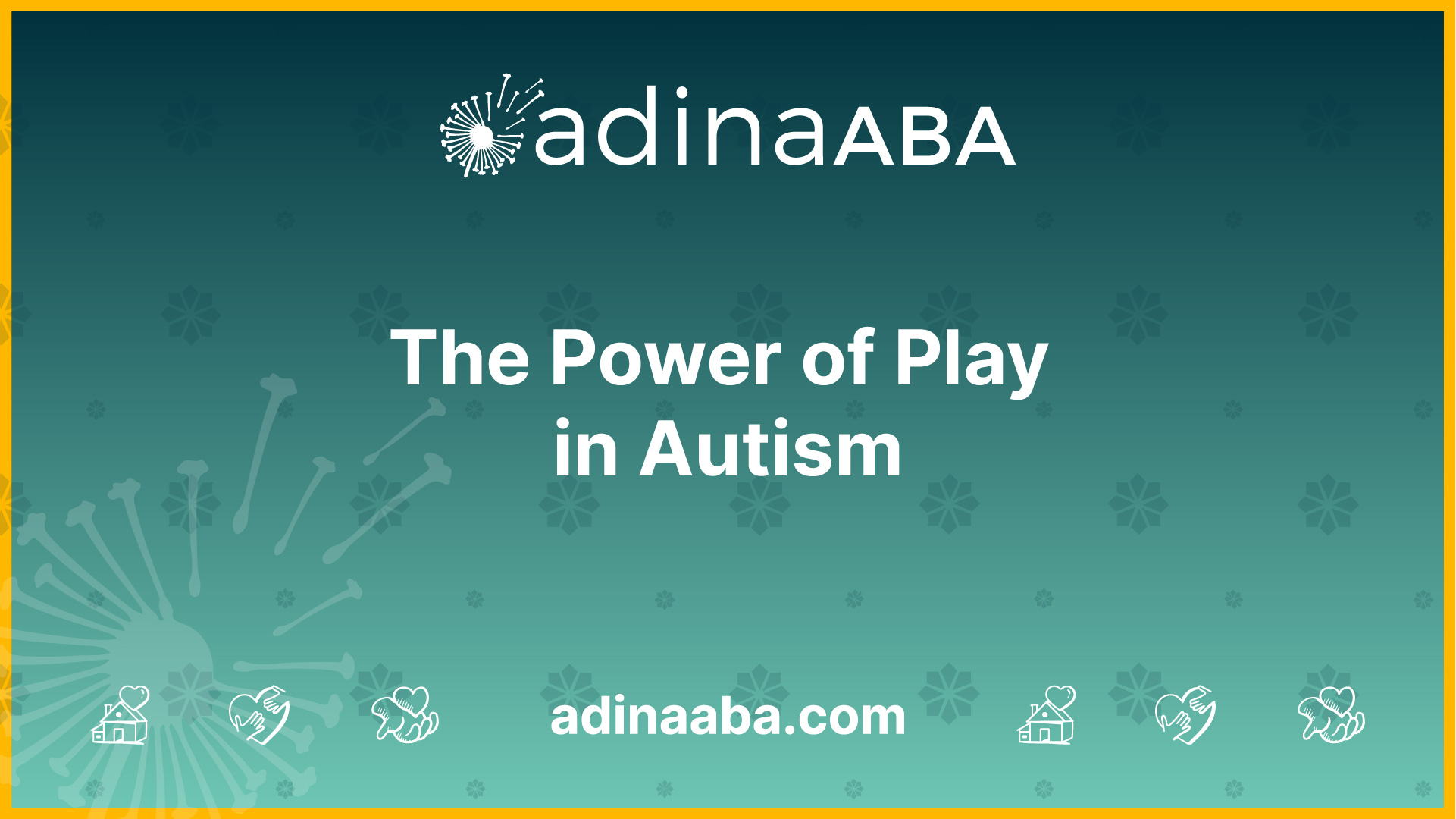
Play as Communication
For children with autism, who may face challenges in verbal communication, play can provide an alternative means of expression. Through play, these children can communicate their thoughts, feelings, and desires in a non-threatening and enjoyable way. Play therapy encourages the use of toys, games, and imaginative play to facilitate communication and foster language development. By observing and engaging with the child during play, therapists can gain insights into their emotions, thoughts, and unique communication styles. This understanding forms the foundation for personalized interventions that support the child's communication skills.
Play as Emotional Expression
Emotional expression can be complex for children with autism, as they may struggle to identify and communicate their emotions. Play therapy creates a safe and supportive environment where children can freely explore and express their emotions. Through play, children can act out scenarios, use symbols, and engage in creative activities that allow them to process and release their emotions. Play therapists are trained to interpret the child's play behavior and provide emotional support, helping them build emotional resilience and regulation skills. By using play as a medium for emotional expression, children with autism can develop a better understanding of their own emotions and learn healthy ways to cope with them.
Play as Social Interaction
Social interaction can be challenging for children with autism, as they may struggle with social skills, joint attention, and reciprocity. Play therapy offers a structured and supportive environment for developing social skills through play-based interactions. Therapists encourage children to engage in cooperative play, turn-taking, and pretend play, promoting social engagement and reciprocity. By participating in play therapy activities, children have the opportunity to practice essential social skills such as sharing, listening, and taking turns. The play therapist acts as a guide, facilitating social interactions and teaching strategies that help children navigate social situations successfully. As a result, children with autism can enhance their social competence and build meaningful connections with others.
Understanding the power of play in autism is crucial for recognizing the effectiveness of play therapy as an intervention. By harnessing the innate qualities of play, therapists can support children with autism in their communication, emotional expression, and social interactions.
Play Therapy Techniques for Autism
Play therapy offers a wide range of techniques that can be tailored to meet the unique needs of children with autism. These techniques provide a structured and supportive environment where children can engage in therapeutic play. In this section, we will explore three common play therapy techniques used for children with autism: structured play therapy, non-directive play therapy, and sensory play therapy.

Structured Play Therapy
Structured play therapy involves the use of carefully planned and organized play activities. The therapist sets specific goals and objectives for each session, focusing on promoting specific skills and behaviors. This type of play therapy provides children with clear structure, rules, and guidance to help them navigate through different play activities.
Structured play therapy often utilizes play materials and toys that are selected based on the child's interests and therapeutic goals. The therapist actively engages with the child, providing prompts, modeling appropriate behaviors, and offering support as needed. By creating a structured environment, structured play therapy helps children with autism develop and practice various skills, such as communication, social interaction, and problem-solving.
Non-Directive Play Therapy
Non-directive play therapy, also known as child-centered play therapy, emphasizes the child's autonomy and self-expression. In this approach, the therapist creates a safe and supportive play space where the child is free to explore and express themselves without judgment or direction. The therapist provides a warm and accepting presence, allowing the child to lead the play session.
During non-directive play therapy, the therapist observes the child's play and follows their lead. The therapist may reflect the child's feelings, validate their experiences, and provide empathy. This type of play therapy allows children with autism to express themselves creatively, explore their emotions, and develop a sense of agency. It can also help foster a strong therapeutic relationship between the child and the therapist.
Sensory Play Therapy
Sensory play therapy focuses on engaging the child's senses to promote exploration, self-regulation, and emotional expression. This type of play therapy is particularly beneficial for children with autism, as they often have sensory sensitivities or difficulties processing sensory information. Sensory play therapy provides a structured and controlled environment where the child can safely explore different sensory experiences.
The therapist incorporates various sensory materials and activities into the play sessions, such as textured objects, sand, water, or play dough. These materials are selected to provide a range of tactile, visual, auditory, and proprioceptive sensations. Sensory play therapy helps children with autism develop sensory integration skills, improve their ability to self-regulate, and increase their tolerance for different sensory stimuli.
By utilizing structured play therapy, non-directive play therapy, and sensory play therapy, play therapists can cater to the specific needs and preferences of children with autism. These techniques provide a supportive and therapeutic environment where children can develop essential skills, express themselves, and experience personal growth.
Understanding the Role of Play Therapists in Autism
Play therapists play a vital role in providing effective therapy for children with autism. They are trained professionals who specialize in using play as a therapeutic tool to address the unique needs of children on the autism spectrum. In this section, we will explore the training and qualifications required for play therapists and the importance of creating a therapeutic environment.

Training and Qualifications
Play therapists undergo specialized training to develop the skills and knowledge necessary to work with children with autism. They typically hold a master's or doctoral degree in a related field, such as psychology, counseling, or social work. Additionally, they receive specialized training in play therapy techniques and interventions specifically tailored for children with autism.
To become a certified play therapist, professionals must complete a certain number of supervised clinical hours, adhere to ethical guidelines, and pass a certification exam. This certification ensures that play therapists possess the necessary skills and knowledge to effectively support children with autism through play therapy.
When seeking a play therapist for a child with autism, it's important to verify their credentials and certifications. This ensures that they have the expertise and qualifications to provide quality therapy services. The Association for Play Therapy and other professional organizations can provide guidance in finding qualified play therapists in your area.
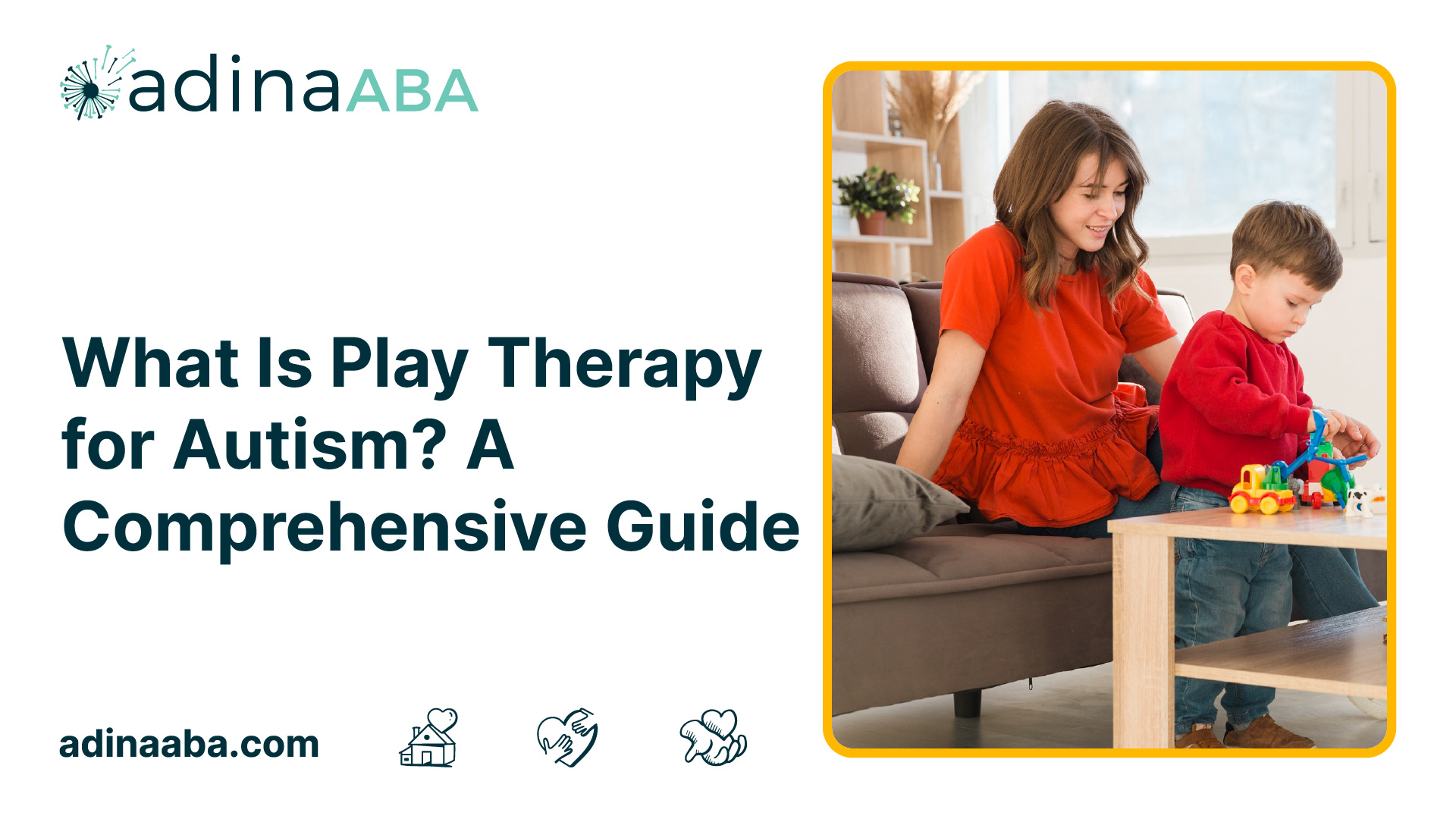
Creating a Therapeutic Environment
Creating a therapeutic environment is a crucial aspect of play therapy for children with autism. Play therapists work diligently to establish a safe and supportive space where children can freely express themselves and engage in therapeutic play. This environment is designed to promote comfort, trust, and emotional security.
The playroom or therapy space is carefully arranged to accommodate the unique sensory needs of children with autism. It may include various toys, art materials, sensory objects, and other resources that cater to the child's interests and preferences. The play therapist ensures that the environment is free from distractions and provides a structured and predictable setting for the child.
In addition to the physical environment, the play therapist creates an emotional atmosphere that fosters a positive therapeutic relationship. They demonstrate empathy, understanding, and acceptance, which helps to build trust and rapport with the child. The play therapist also follows the child's lead and adapts their approach to match the child's individual needs and communication style.
By creating a therapeutic environment, play therapists facilitate a nurturing space where children with autism can explore, learn, and grow through play. This environment encourages the child's engagement, self-expression, and social interaction, which are essential elements of play therapy for autism.
The role of the play therapist extends beyond their training and qualifications. They play a pivotal role in establishing a therapeutic environment that supports the unique needs of children with autism. Through their expertise and dedication, play therapists contribute to the positive outcomes achieved through play therapy for autism. To learn more about play therapy activities and techniques for autism, visit their articles on play therapy activities for autism and play therapy techniques for autism.

Play Therapy and Autism Treatment
Play therapy has emerged as a valuable intervention for children with autism, complementing other treatment approaches. Integrating play therapy with other interventions can enhance the overall therapeutic outcomes for individuals on the autism spectrum. Additionally, measuring the effectiveness of play therapy and being aware of its potential limitations is essential to ensure its appropriate utilization.

Integrating Play Therapy with Other Interventions
Play therapy can be integrated with other interventions to provide a comprehensive approach to autism treatment. By combining play therapy with techniques such as applied behavior analysis (ABA), speech therapy, occupational therapy, and social skills training, a holistic intervention plan can address various aspects of a child's development.
Collaboration between play therapists and other professionals involved in the child's treatment is crucial for effective integration. This interdisciplinary approach ensures that goals and strategies are aligned, promoting consistent and coordinated support for the child.
Measuring the Effectiveness of Play Therapy
Measuring the effectiveness of play therapy for children with autism is essential for evidence-based practice and continuous improvement. While it can be challenging to quantify the impact of play therapy due to its individualized nature, various qualitative and quantitative tools can be used to assess progress.
- Observational assessments: Play therapists and other professionals may use structured observation tools to evaluate changes in communication, emotional expression, and social interaction during play sessions.
- Questionnaires and surveys: Parent and caregiver reports can provide valuable insights into the child's progress and functioning outside of the therapy sessions. These reports can help measure changes in behavior, emotional regulation, and social skills.
- Standardized assessments: Standardized tests designed to assess specific domains, such as language development or social skills, can be used to track changes over time and compare results to age-appropriate norms.
Collecting data at regular intervals can help gauge the effectiveness of play therapy, identify areas of improvement, and make necessary adjustments to the treatment plan.

Potential Limitations of Play Therapy for Autism
While play therapy offers significant benefits for children with autism, it is important to acknowledge its potential limitations. Some factors to consider include:
- Generalization of skills: Skills learned during play therapy sessions may not always easily transfer to real-life situations. It is crucial to work on generalizing the skills acquired through play therapy in various settings and with different individuals.
- Individual responsiveness: Not all children with autism may respond equally to play therapy. Each child's unique characteristics, developmental level, and individual needs should be taken into account to tailor the therapy approach accordingly.
- Time commitment: Play therapy typically involves regular sessions over an extended period. The time commitment required from both the child and the family should be considered when integrating play therapy into the overall treatment plan.
By understanding the potential limitations and measuring the effectiveness of play therapy, therapists and families can optimize the use of this intervention and maximize its benefits.

FAQs
How long does play therapy last?
The length of play therapy varies depending on the child's needs and goals. Some children may only need a few sessions, while others may benefit from longer-term therapy. The therapist will work with you and your child to determine the appropriate length of therapy.
Is play therapy covered by insurance?
Some insurance plans may cover play therapy, but it depends on your plan and the therapist's credentials. It's important to check with your insurance provider and the therapist before starting therapy to understand what is covered.
Can parents be involved in play therapy sessions?
In some cases, parents may be involved in play therapy sessions. The therapist may invite parents to participate in certain activities or observe the session from a separate room. In other cases, the therapist may work one-on-one with the child without parental involvement.
What should I look for in a play therapist for my child with autism?
When looking for a play therapist for your child with autism, it's important to find someone who has experience working with children with autism and who uses evidence-based techniques. Look for a licensed therapist who specializes in working with children and families. You can also ask for referrals from your child's doctor or school.
Conclusion
If you're a parent of a child with autism, play therapy may be a valuable therapy to consider. Play therapy can help your child communicate, build social skills, and cope with difficult emotions in a safe and supportive environment. If you're interested in play therapy for your child, be sure to find a qualified therapist who specializes in working with children with autism.
Sources
https://www.verywellhealth.com/play-therapy-and-autism-the-basics-260059
https://www.crossrivertherapy.com/autism/play-therapy
https://ssautismcenter.com/the-role-of-play-in-autism-therapy-why-it-matters/
More Resources
Expert Clinicians
Get started today ->

.jpg)


.jpg)
.jpg)
